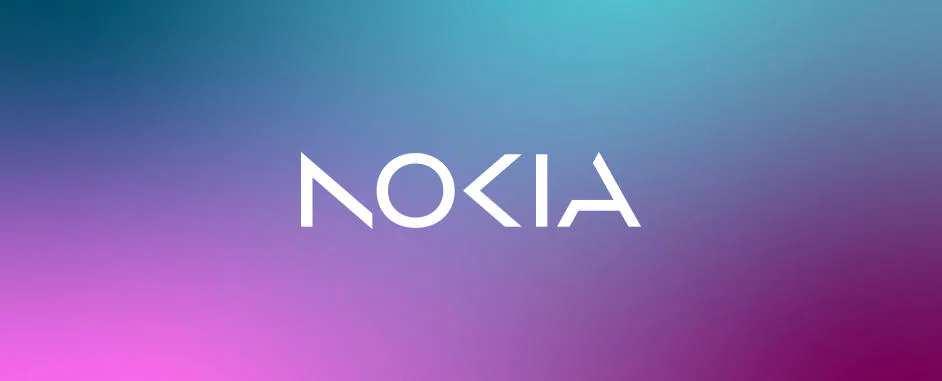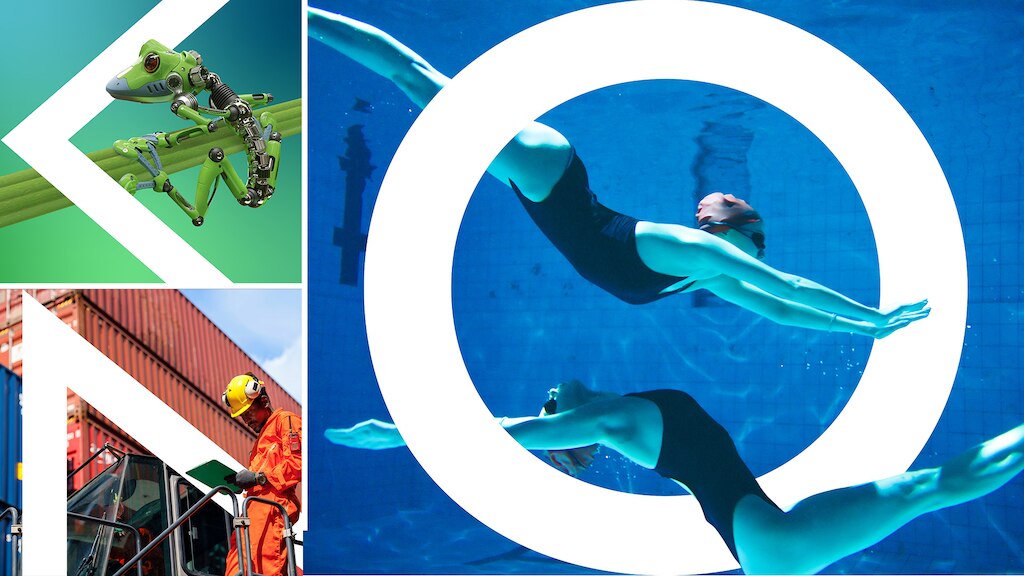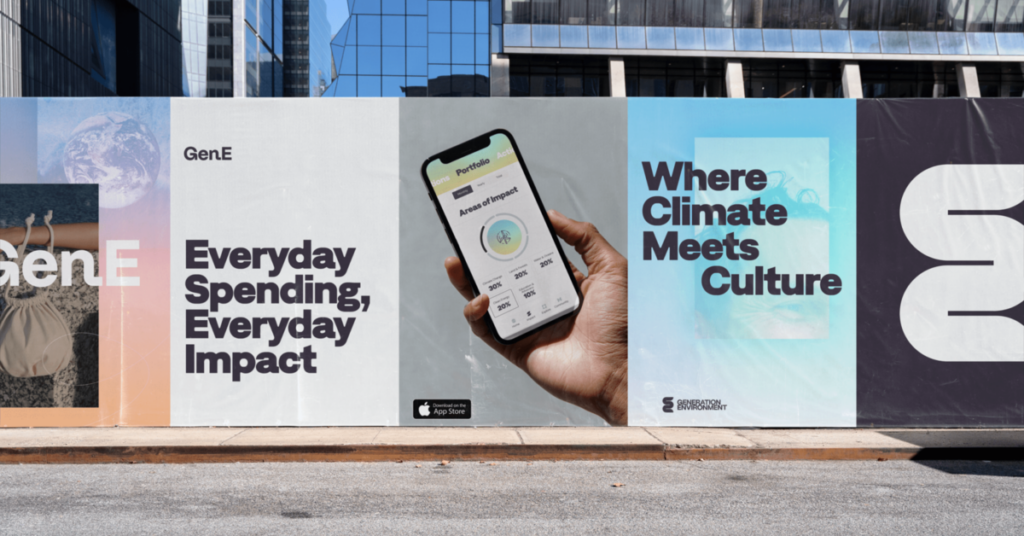Rebranding is an important strategy for companies in the digital age and can help them to reach their goals. By changing their logo and marketing strategies, companies can assure that they stay relevant and attractive to customers. Nokia s recent rebranding is a prime example of how such a strategy can be successful.
For Nokia, this rebranding which also includes a change in their original logo comes after 60 years since the original logo was introduced, and reflects the company’s shift away from smartphones and towards being recognized as a B2B technology innovation leader.

The new logo features five different shapes, creatively arranged to spell out the company name. The iconic blue color associated with the old logo has been dropped in favor of a range of colors, depending on the use. This is a bold and dynamic evolution of the classic logo that cleverly represents Nokia’s purpose and values.
According to Stacey Brierley, Vice President of the Nokia Brand, the new logo is a “bold evolution of the 1960s classic. It’s dynamic, precise, and brings new meaning, cleverly representing our purpose with abstracted letters that, when acting together, read as Nokia.” The company hopes that this change will help it to be recognized by existing and potential customers as a B2B technology powerhouse.

The rebranding is a bold step towards Nokia’s journey to becoming a B2B technology innovation leader and Melissa Schoeb, Chief Corporate Officer of Nokia believes that this rebranding will help the company be recognized by existing and prospective customers. The company’s new branding strategy is an important part of its ongoing efforts to position itself as a leader in the rapidly evolving tech landscape.
The Big Picture
Nokia’s rebranding is an exciting development for the company, signaling a shift in its business strategy and a renewed focus on B2B technology. Nokia hopes that its new logo will reflect the company’s purpose and values in a bold and dynamic manner. A competitive market will benefit from it. As Nokia continues to innovate and evolve, we can expect to see even more exciting changes in the future.



